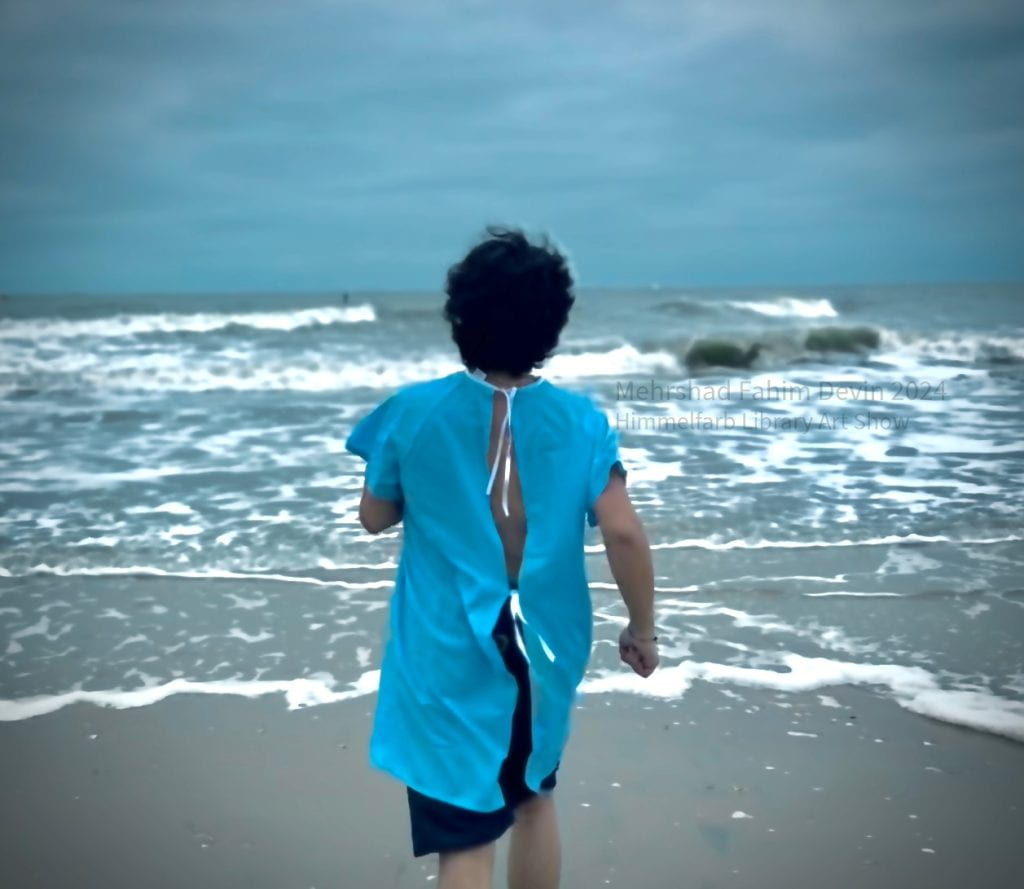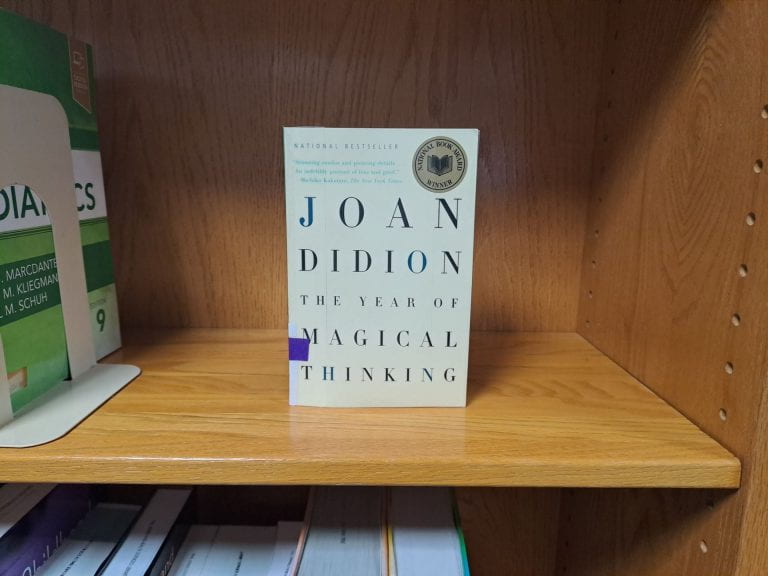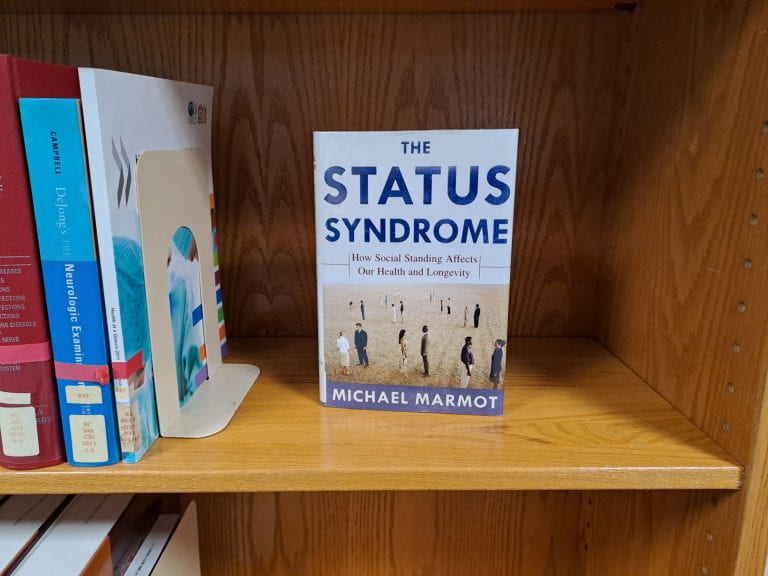Perhaps you’ve perused the humanities collection and noticed a small shelf with bound journals. A curiosity - especially since the library no longer retains physical journals. If you picked up one of these volumes, you’d be looking at the Bellevue Literary Review: a highly respected, prize winning literary journal (Duotrope, an online compendium of literary magazines, lists their acceptance rate at 1.51%). More importantly, you’d be looking at one of the premiere literary journals founded in the medical field, specifically in the Department of Medicine at NYU Langone Medical Center, making it rather unusual (most university-related journals are centered in literature or creative writing departments).
During April’s poetry month, we discussed possible publication venues for the literary among us, including Bellevue. April might be over, but the art of writing is year long. Despite its potentially intimidating stature, as a health sciences student (who writes), you’re exactly situated to submit.
On Bellevue’s submissions page, they define the kind of writing they’re looking for:
Bellevue Literary Review seeks high-caliber, unpublished work, broadly and creatively related to our themes of health, healing, illness, the mind, and the body. We encourage you to read BLR before you submit.
(Bellevue Literary Review, 2024)
Note that last sentence. Almost every literary magazine will encourage you to read before submitting, but many higher-end magazines do not publish online (or only publish small excerpts). Himmelfarb’s copies of Bellevue provide a nice chance to peruse without having to subscribe, which helps clarify what the publisher actually wants. For example, Bellevue values “character-driven fiction with original voices and strong settings” (Bellevue Literary Review, 2024), but publishers can interpret something like “strong settings” many different ways. Reading, therefore, truly does increase your odds of acceptance.
That being said, the journal isn’t just for writers. It also provides a nice reading break for the non-writers at Himmelfarb.
In this digital world, we have endless options to eject us from our current moment or task, but many of these provide more stimulation than reset. Fiction lets us get out of our own heads for a bit, while expanding our imaginative and empathetic capacities, if we let it. And refreshingly, short stories are finish-able within a single sitting, unlike many of the books in the Humanities collection.
So if you have a moment, check out Bellevue Literary Review or ask the folks at the circulation desk for help finding them!
References:
Bellevue Literary Review. (2024). Submissions. https://blreview.org/submit/.

















